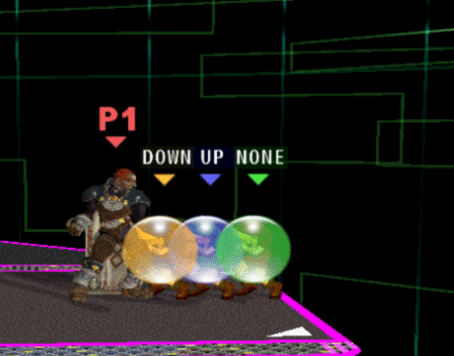combos in smash actually take skill and prediction and aren't all muscle memory
moves don't cancel, unless we're talking about certain moves which can be jump canceled, like the shine, or moves that have IASA frames, like marth's down-tilt.
Combos in smash are completely dependant on 3 things:
1. The move or moves involved (angle)
2. Percent
3. Directional Influence
Basically whenever you hit someone, you have the opportunity to start a combo. Unless they're above a certain percent, in which case most combos won't work (unless you're Fox, shine has set knockback so it works at all percents). Combos in smash generally take a great deal of skill to keep one going longer than 3-4 hits because whenever you hit someone you have to take into account all of the 3 things listed above. You have to know at what angle the move will send the other guy, you have to know how far it will send the other guy, and you have to guess which direction the other guy is DI'ing. If you've played smash for more than ten seconds, you already know that some moves have less knockback than others. These low knockback moves are great for combos because it keeps them close, but generally have little hit-stun. High knockback moves tend to have a lot of hit-stun but send people farther so it's harder to follow up (some exceptions to this rule would be Falcon's dair, or Falco's dair.).
Directional Influence is basically, you hold a direction when you get hit and then the angle you get sent at shifts slightly. However, this change in direction is just enough to be significant. An example of the effects of DI is in the spoiler below (the gif is pretty huge, FYI)
DI can be the difference between landing a crazy combo finisher and missing completely and potentially getting punished. You have to know how to react and how to punish different types of DI. A good example of this would be, if you're Marth and you're fighting a Captain Falcon. You hit him with a string of 3 f-airs, DI's in on the first 2, and you're about to go for the ken combo finisher, but he ends up DI'ing outward on the last fair. You should be able to react to this and not go for the dair, but instead try to keep him offstage. This is just one of many, many, many possible situations that involve DI and needing to be able to punish good DI and bad DI.

